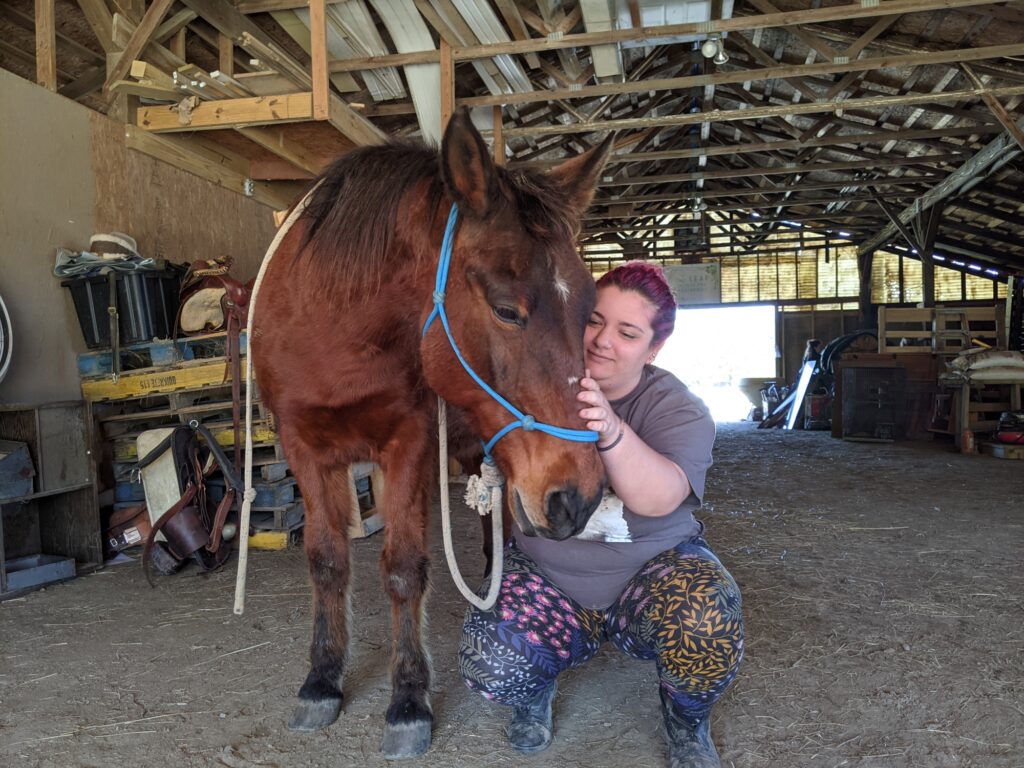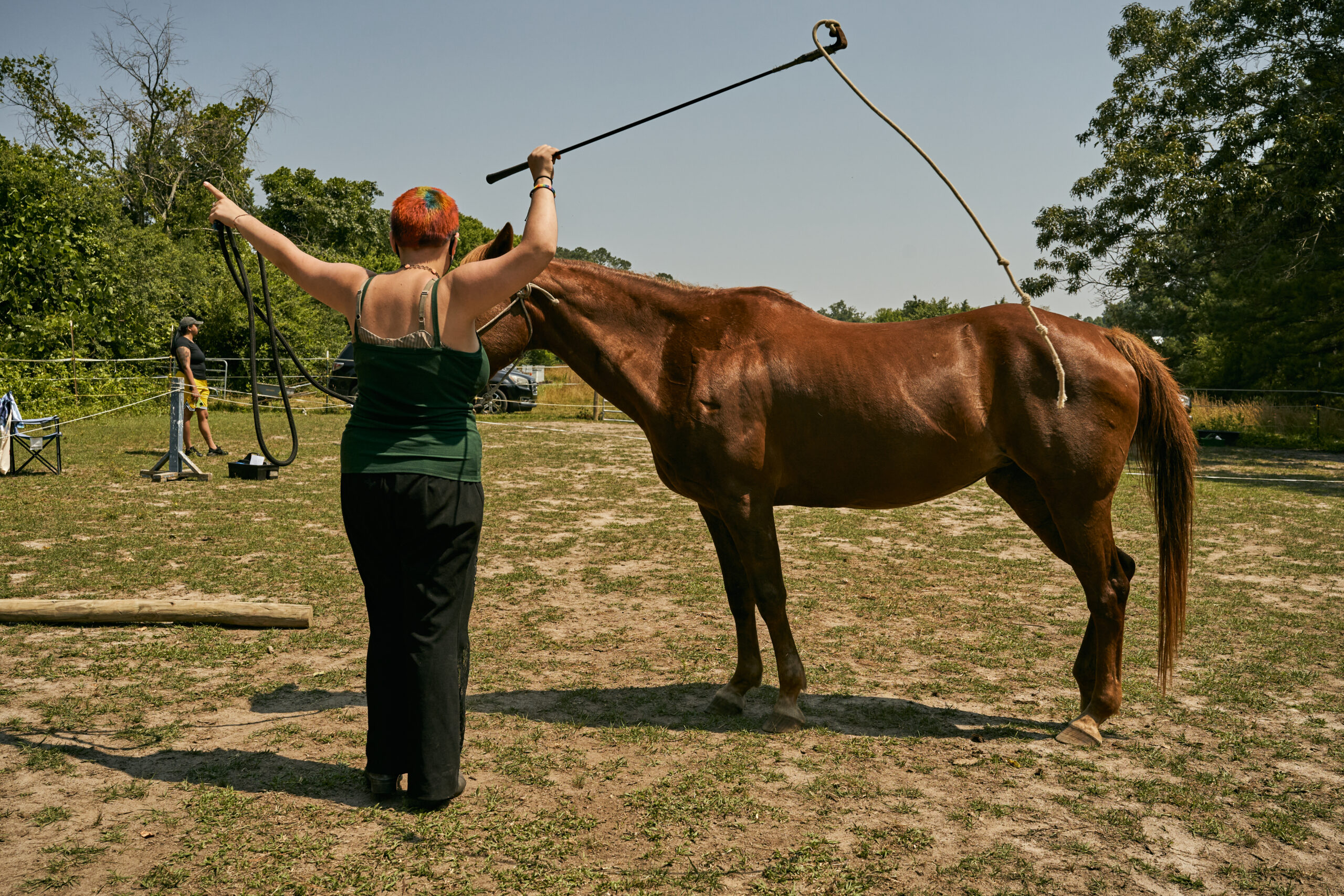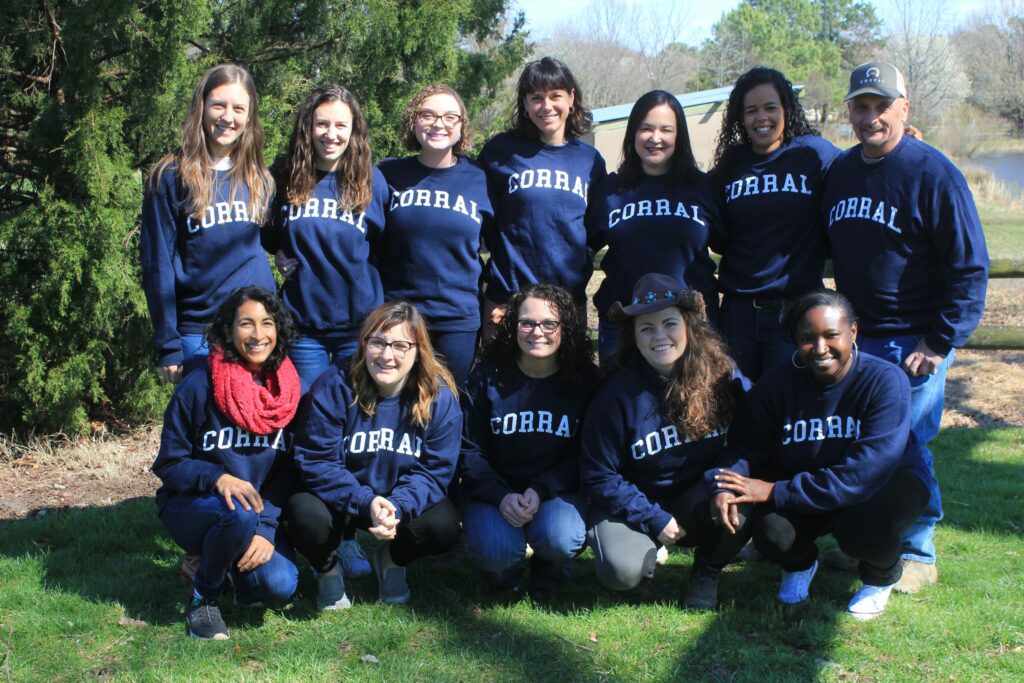You might be wondering, “What in the world are anxiety and depression?” I’m here to tell you first hand what they’re like from a personal level. I have suffered from severe anxiety and depression since I was 8 years old, which is really not common at that age. Anxiety and depression typically go hand in hand. Let’s look at it from a student’s perspective.
Imagine waking up and feeling numb and exhausted with your emotions and hormones going crazy. You decide to stay home…again, making it the fourth day that week. You know you need to get up and be productive so you don’t see the disappointment in their eyes, but just thinking about it makes you clammy and shaky. Your heart rate goes up, and you start to hyperventilate. Once you finally calm down, you’re exhausted and decide to take a nap. And the cycle goes on forever. That’s what it’s like living with anxiety and depression.
Most people who live with either or both are typically good at hiding it. You probably don’t suspect that the person next you is holding their chaos back with just duct tape and jokes and smiles. I’m writing this for you to understand how to effectively help the people you care about or don’t even know yet.
Pain, terror, sadness, paranoia, betrayal, bullying. These are just some words to describe my life while dealing with severe anxiety and depression. When I was 8, I had my first panic attack. My heart rate went up, I started shaking, and I couldn’t breathe correctly. In my head, I felt terror. Imagine all your fears amplified 10 times, not being able to breathe, knowing that it’s all in your head. I didn’t fully understand what was happening to me at the time. I talked to my mom; she said I had a panic attack.
We went to the doctor and he diagnosed me with severe anxiety and depression. When I would wake up in the morning, I felt hollow, like a robot. I had to push myself just to get out of bed and go to school. When I actually got in the building, the anxiety would spike; one look, one point of the finger would throw me off. I felt the energy of all eyes on me and every laugh was about me. That was every day of my school career.
When I entered seventh grade, it was hell. My anxiety was through the roof, and my depression was slowly killing me. My trust was shattered and so was my heart. It put me in a dark place where I wanted to kill myself. I wanted the hollowness and the pain to end quickly. None of the techniques I was using to cope with things, like breathing for four minutes, were working, and I didn’t think I could take any more pain.
I’ll tell you what has worked for me. It’s important to know that everyone is different and certain things work for some people and not others. I’m also not a doctor. I’m sharing what personally helps me and my family. In the beginning, I remember being held and rocked to sleep helped me (my panic attacks usually happened at night). Then when the bullying started, I remember skipping school. Escaping my bullies helped, but it was NOT a healthy or smart coping mechanism. In the end, I had to work through it and develop new and healthier coping methods that I learned at CORRAL. Now, with the help of CORRAL, what helps me is having a close net of people who love and support me no matter what. They listen without judgement, make an effort to understand WHY I’m feeling like this, and find ways to fix it. I also take medication and go to therapy. Again, I’m not a doctor and everyone is different with what helps them, so please be mindful and don’t say, “It’s all in your head,” or “You’re being dramatic.” And try not to act like they’re made of glass or that they are going to break at one touch.
Read Carson’s full healing journey here.
Facts About Anxiety and Depression
- Approximately 9.5 percent of American adults ages 18 and older will suffer from a form of depression, which can include major depression, bipolar disorder, or dysthymia.
- Women are two times more likely to suffer from major depression than men.
- 18% percent of 18-54-year-olds have an anxiety disorder, including panic disorder, obsessive-compulsive disorder (OCD), post traumatic disorder (PTSD) generalized anxiety disorder (GAD), and/or phobias.
- Panic disorder often develops in the late teens or early adulthood. GAD’s highest risk is usually between childhood and middle age.
- Most people who commit suicide have a diagnosable mental disorder, typically depression or substance abuse. Four times as many men as women commit suicide, but women attempt it more often.
- Suicide is reported as the leading cause of death in young generations, typically around 15-24.
Here are some typical signs, body language, and behaviors your loved one could be displaying:
Depression: low motivation, tired, no interest in usual hobbies, failing education, missing work, numbness of emotion, it can come in waves, and irrational traumatic scenarios
Anxiety: hyperventilation, dizziness, fast heart rate, clammy, shaking, antsy, fears amplified by 10, and paranoia
If you or someone you know are suffering from anxiety, depression, and/or suicidal thoughts, please call your local therapist’s office and or doctor:
- For any emergency: 911
- Suicide prevention hotline: 1-800-273-8255
- Self-harm hotline:1-800-366-8288
- Find a therapist at Goodtherapy.org or American Association for Marriage and Family.org





